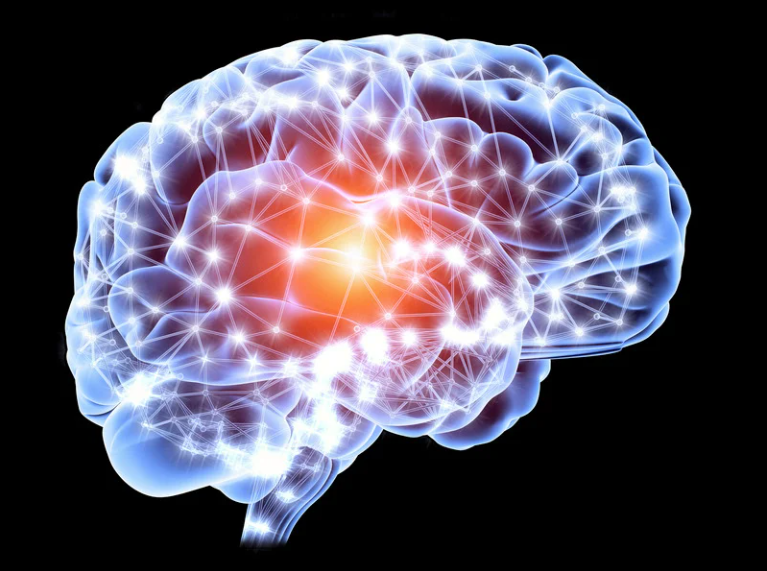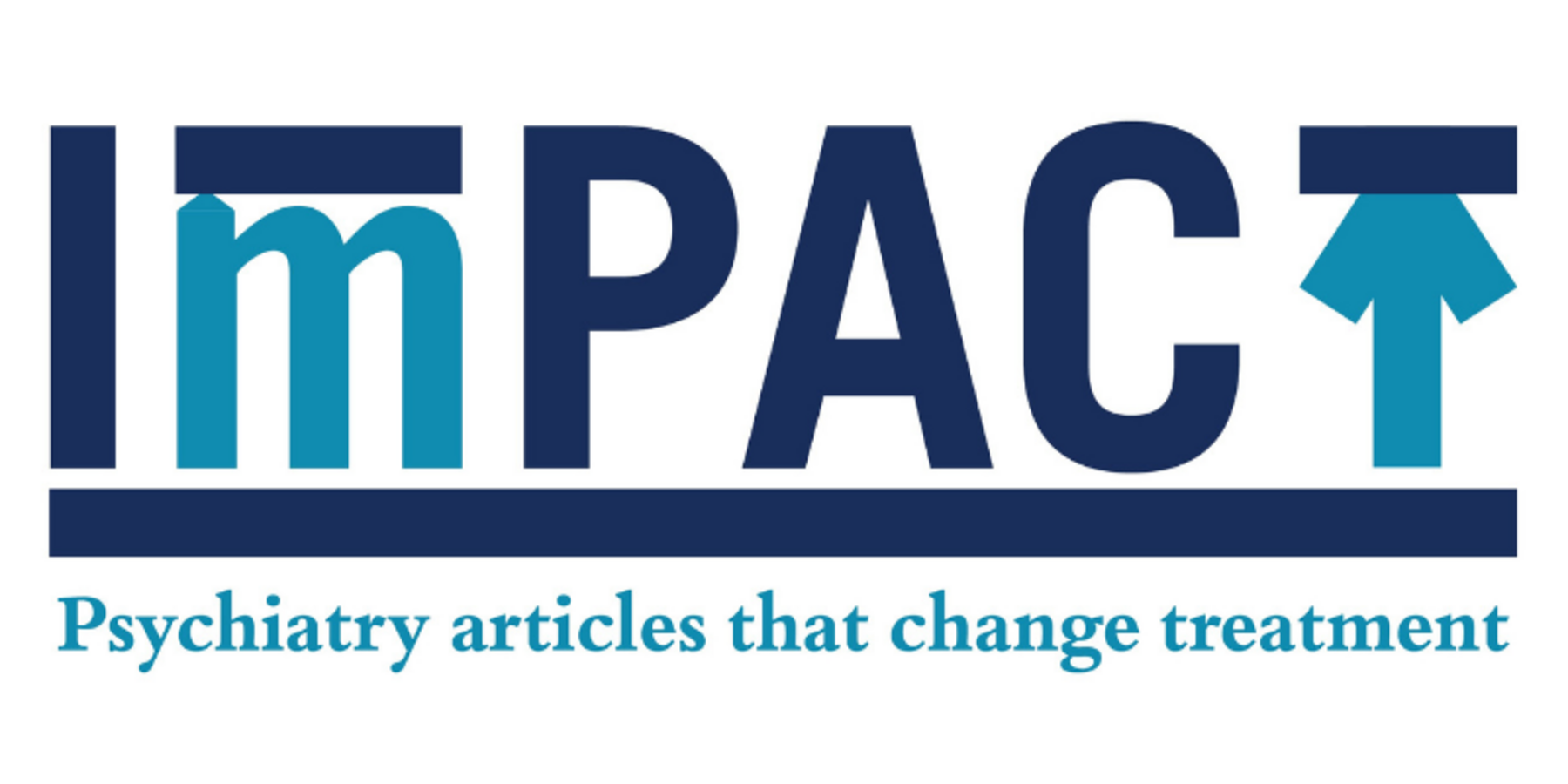Main Second Level Navigation
Breadcrumbs
- Home
- News & Events
- News
- Decoding the genetics that shape brain structure
Decoding the genetics that shape brain structure

Understanding the structure of the brain is key to understanding how to treat mental illness and neurological disorders. But despite decades of research, we still have a lot to learn about the factors that influence how the brain develops. Now, a new study is shedding light on the role genetics play in shaping the brain’s structure and opening the door to new methods to treat – and even prevent – serious health conditions.
The different regions of our brain are connected by bundles of fibers; collectively, these connections are known as the brain’s “structural connectome.” Differences in this map of connections has previously been linked to mental health, cognitive abilities, and neurological disorders like Parkinson’s and Alzheimer’s disease.
Research conducted by lead author Dr. Michael Wainberg and team, including senior authors Dr. Shreejoy Tripathy and Dr. Colin Hawco, reveals that the structural connectome is shaped by genetics. Understanding how may influence preventative medicine or future treatments that target specific brain networks.
By analyzing data from more than 26,000 individuals, the team identified 21 regions of the genome that influence the structural connectome. Additionally, they found that genetic variation that increases the density of connections between certain brain regions tends to increase the risk of major depression, and that genetic variation that increases connection density in other brain regions tends to reduce cognitive function.
We spoke to Dr. Shreejoy Tripathy, Dr. Michael Wainberg, and Dr. Colin Hawco to learn more about their discoveries.

What is the brain's structural connectome? What is tractography, how is it used to evaluate the connectome, and what can tractography results combined with genetic studies tell us about common psychiatric disorders?
CH: The brain’s structural connectome is its “map” of long-range structural connections: think of it like the wiring that connects different brain regions. We measure the structural connectome with advanced magnetic resonance imaging (MRI) scans that can identify large bundles of fibers, called axons, that criss-cross and interconnect the different regions of the brain. Tractography is a computational approach to estimate each person’s structural connectome.
The structural connectome is an important part of how brains are organized. Differences in these connections across regions, as well as genetics, have separately been related to mental health, cognitive abilities, neurodevelopmental disorders like autism and ADHD, and neurological disorders like Parkinson’s and Alzheimer’s disease.
By combining structural connectomes with genetic information from the same people, we aimed to learn how common genetic variants are related to each person’s structural connectome. By comparing these variants to genetic variants known to influence traits related to brain health and disease, we can ask how the genetics of structural connectomes is shared with the genetics of these brain traits.
What motivated this research?
MW: A major thread of our work involves analyzing large, publicly available genetic and genomic datasets to improve our understanding of brain diseases and traits. In particular, we have worked extensively with the UK Biobank, one of the world’s richest biomedical datasets. The UK Biobank includes the largest magnetic resonance imaging dataset in the world, and one of the largest genetic datasets, so it’s quite natural to cross-reference the two.
We were struck by the fact that nobody had looked specifically at the genetics of structural connectivity in the UK Biobank dataset, perhaps in part due to the challenge of computing structural connectomes across such a large number of individuals. We were able to include over 26,000 individuals in our analysis. Only one smaller study had ever looked at the genetics of structural connectivity, and our study ended up including about 70 times more people.
The study wouldn’t have been possible without combining the expertise of Dr. Colin Hawco’s group, who have unique expertise in tractography and brain imaging analyses, with the expertise of Dr. Shreejoy Tripathy and myself, in genetics and large-scale data analysis.

What was the most important finding of this study, in your opinion?
MW: We identified 21 regions of the genome that influence structural connectivity. These results generally suggested neurodevelopmental genes that influence things like the growth and routing of neurites (the projections from neurons that help them to communicate with other neurons) and myelination (the process by which neurites are wrapped in a protective layer of protein and fatty compounds called myelin). We also found that genetic variation that increases the density of connections between certain brain regions also tends to increase the risk of major depression, and that genetic variation that increases connection density in other brain regions tends to reduce cognitive function.
How does this change treatment in the future?
ST: Our results point to key genes and biological processes that are especially important for establishing the brain’s patterns of healthy structural connectivity, especially in older adulthood. We would imagine that disruptions of these genes, say due to rare gene-deleting or disrupting mutations, might especially affect structural connectivity and may thus impact healthy brain growth and function. This points towards an intriguing pathway for future research that could lead to new treatments.

Any next steps?
ST: Our labs continue to mine resources like the UK Biobank and other related public resources for new insights into gene-brain-behavior relationships. We are in the midst of related work using information on rare genetic variation found in whole exome sequencing data (also available from UK Biobank participants) to better understand how rare genetic mutations are associated with brain diseases and related traits.
What is the major take home message for the public?
CH: While we think of the brain as exceptionally plastic (and it is!), our study reveals that the map of the physical connections between regions of the brain are also dictated by genetics. Some of these connections are related to different outcomes with aging, including mental health and cognition. Understanding these relationships may help shape preventative medicine or build new treatments in the future, by targeting the implicated brain networks.

Read this month's ImPACT paper.
Michael Wainberg, Natalie J. Forde, Salim Mansour, Isabel Kerrebijn, Sarah E. Medland, Colin Hawco & Shreejoy J. Tripathy. Genetic architecture of the structural connectome. Nature Communications, 15, 1962 (2024). https://doi.org/10.1038/s41467-024-46023-2



